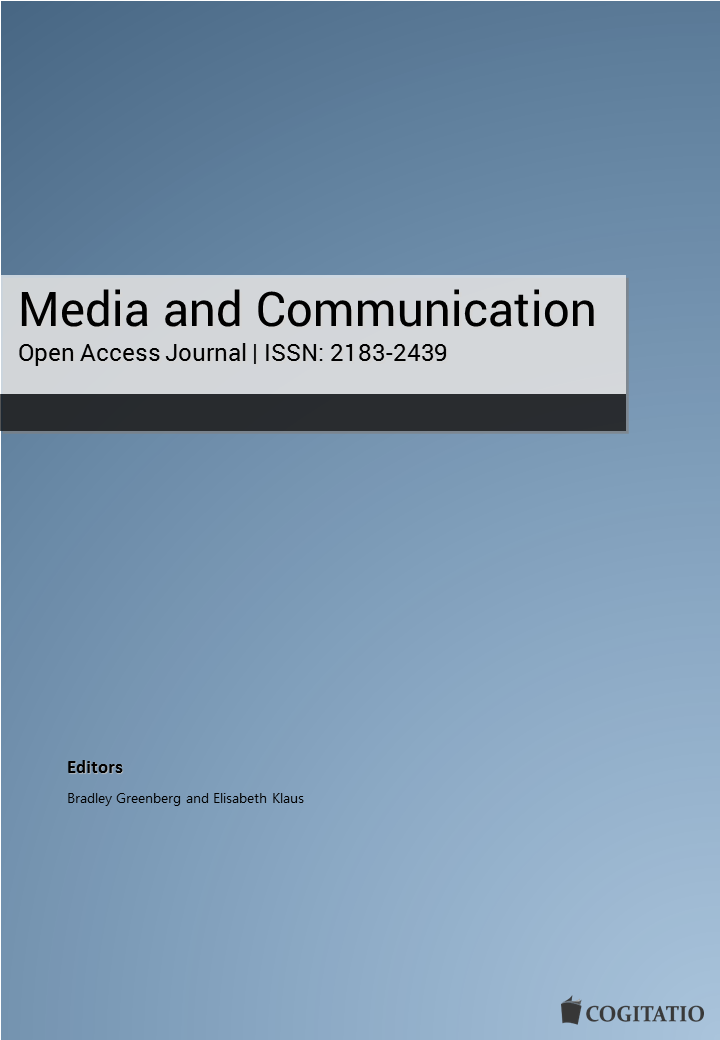
Abstract
Because media portrayal can influence adolescents’ health, we assessed the health-related content of a popular telenovela—a Spanish-language TV soap opera genre—and its widely watched English adaptation. To test our “culture of corruption” hypothesis, which predicts that the English-language adaptation of telenovelas will “Americanize” their content by increasing risky and reducing healthy portrayal on screen, we coded the depictions of five risk variables and five culture of health ones in ten episodes each of “Juana la Virgen” (2002) and its popular English-language counterpart, “Jane the Virgin” (2014). A significant increase was found between the Spanish and English-language shows in the risk category of sexual content and a marginally significant increase was found in violence. “Jane” also had larger numbers of characters modeling alcohol consumption, sex, or violence. Across culture of health variables, “Juana” and “Jane” did not exhibit significant differences in the amounts of education-related content, social cohesion, and exercise at the episode level. However, “Jane” had significantly more unhealthy food content (specifically, fats, oils, and sweets and takeout food) and more pro-health messaging than did “Juana.” “Jane” also had a larger amount of modeled food/beverage consumption. While “Juana” modeled several instances of characters involved in exercise, “Jane” had no exercise content across the sample. Overall, “Jane” portrayed more problematic health content than “Juana.” The increase in worrisome content in “Jane” may adversely affect the health of adolescent Hispanics, who make up a large part of the show’s audience.
Authors
- Darien Perez Ryan
- Patrick E. Jamieson

